
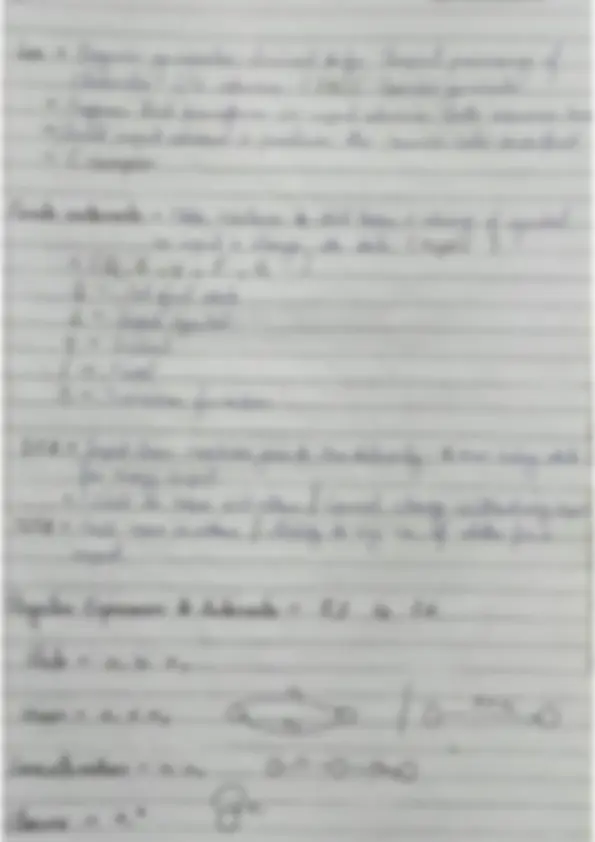
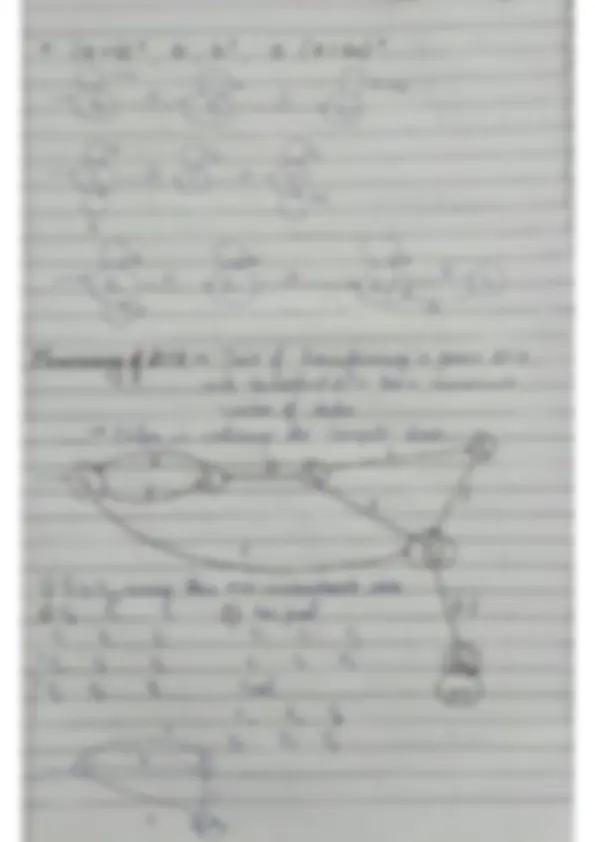
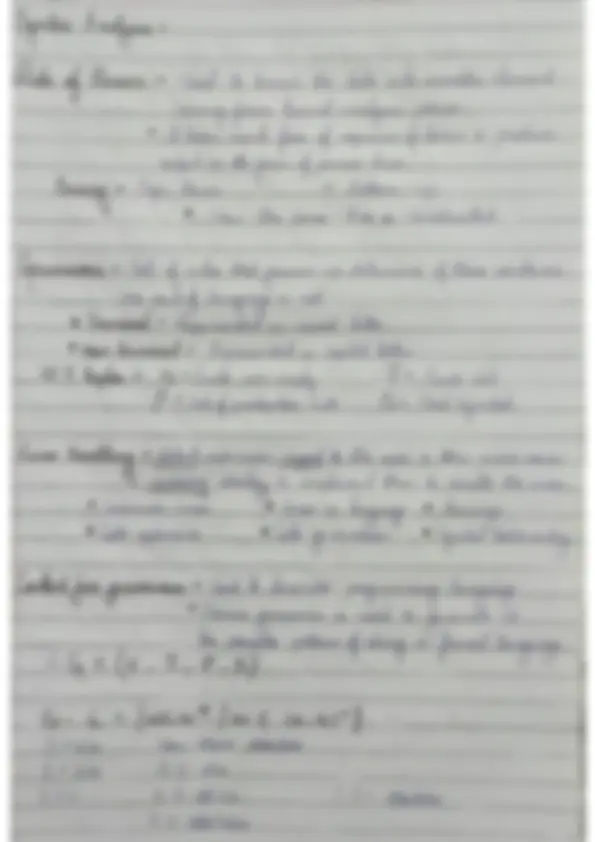




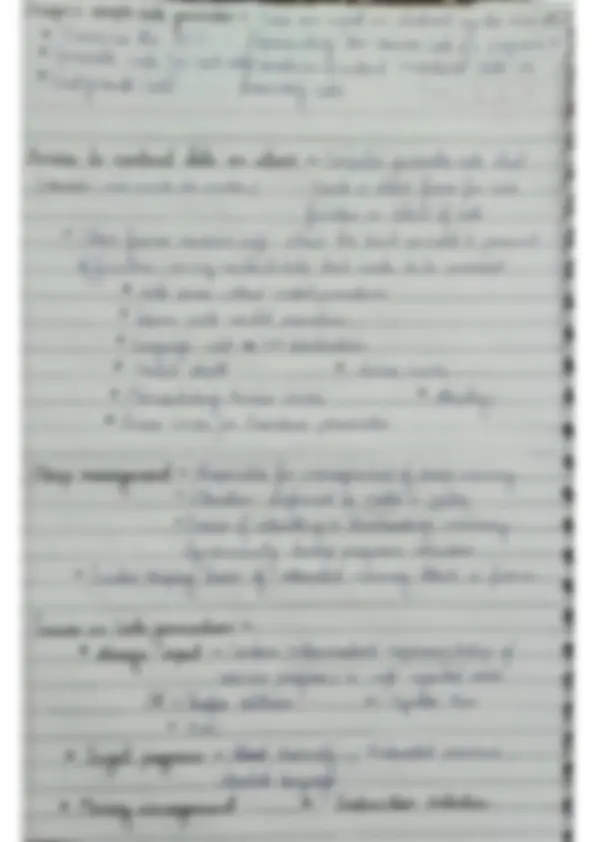
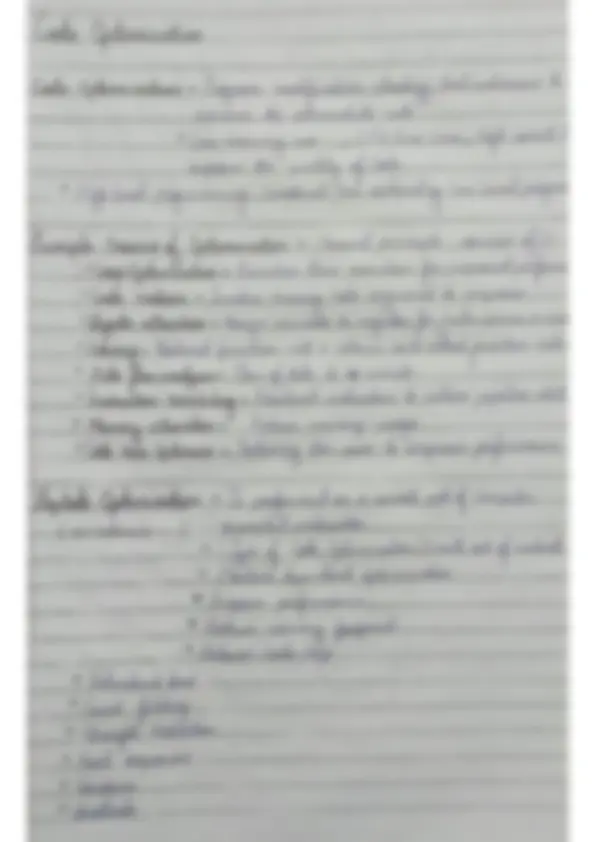


Study with the several resources on Docsity

Earn points by helping other students or get them with a premium plan


Prepare for your exams
Study with the several resources on Docsity

Earn points to download
Earn points by helping other students or get them with a premium plan
Community
Ask the community for help and clear up your study doubts
Discover the best universities in your country according to Docsity users
Free resources
Download our free guides on studying techniques, anxiety management strategies, and thesis advice from Docsity tutors
Compiler design is the process of designing a program that translates code written in one language (the source language) to another language (the target language). The source language is typically a high-level language, such as C, C++, Java, or Python, while the target language is typically a low-level language, such as machine code or assembly language. The compiler design process typically involves the following steps: Lexical analysis: The source code is broken down into a sequence of tokens, such as keywords, identifiers, operators, and literals. Syntax analysis: The tokens are analyzed to determine their syntactic structure. This is done by using a context-free grammar to parse the source code. Semantic analysis: The syntactic structure of the source code is analyzed to determine its meaning. This involves checking for errors, such as type errors, variable scope errors, and invalid operations. Code generation: The meaning of the source code is translated into instruction
Typology: Study notes
1 / 17

This page cannot be seen from the preview
Don't miss anything!









